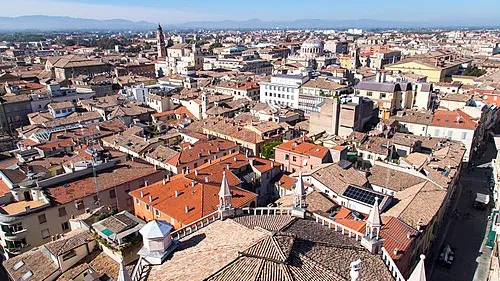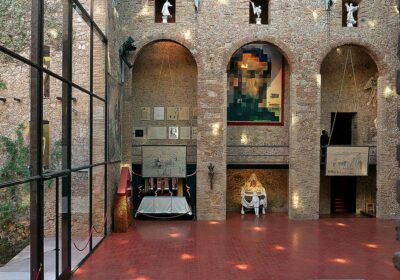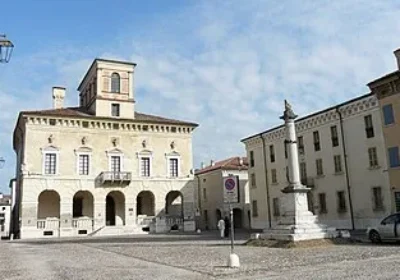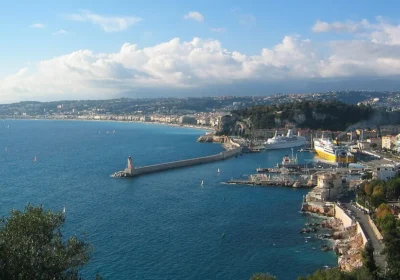Overview tour of Parma, the capital of the Duchy:
Parma is the administrative centre of the Italian province of Emilia Romagna, located northwest of Bologna.
Rich from its food industry, Parma is the perfect image of a provincial, affluent city. Well-maintained monuments adorn the picturesque cobblestones. The luxurious architecture detracts from the temptation of Parma’s delectable dishes.
The city is famous for its ham and cheese production, as well as for its beautiful architecture and surroundings. One of the world’s oldest institutions of higher learning, the University of Parma, was founded here. In its present form, the oldest educational institution has existed since 1601
From 1545 to 1860, Parma was the capital of the Duchy of Parma and Piacenza, and the elegant palaces, theatres and parks in the city bear witness to this era.
On the tour you will see:
The Ducal Palace in the park of the same name. The structure of the famous Renaissance architect Vignola, was built in 1561 as an elegant villa for recreation and social receptions. The palace on the site of the former Sforza Castle was enlarged in the 17th century. Here is the Echerio Sanvitale Palace with interesting 16th century decorations and Parmigianino frescoes. In the palace you can see beautifully painted rooms with works by artists such as Girolamo Mirola, Jacopo Bertoia and Agostino Caracci. These are mainly cycles of chivalric romances, showing the exploits of Roland and Ruggiero, as well as Greek mythology.
Palace of the Pilotta – which is located on the other side, where you will find the unique Farnese Theatre, built in 1618 by Duke Ranuccio I on the occasion of the arrival of Cosimo de Medici from Florence. The huge ellipse-shaped space, height and wooden structure are simply magnificent.
Museum Glauco Lombardi – which houses a collection of personal belongings that belonged to Maria Luisa and Napoleon. Maria Luisa (1791-1856) was the daughter of the Austrian Emperor Franz I. She became Napoleon Bonaparte’s second wife in 1810 when it became clear that Napoleon’s first wife Josephine Beauharnais would not be able to bear the Emperor an heir. By decision of the Congress of Vienna, Maria Luisa was sent to Parma with the title of Duchess, where she lived until her death in 1856. She wanted a new theatre in the style of Milan’s La Scala, and in 1829 in the city.
The Teatro Ducal – (later the Teatro Regio Royal), an elegant neoclassical temple of music with a stage on which, even today, singers, musicians and conductors are afraid to perform, aware of the historical importance of the place.
Piazza del Duomo -where the Cathedral and Baptistery, built in the late 12th century, are located. The baptistery was designed by Benedetto Antelami and is built of pink Verona Rose marble. The marble changes colour depending on how the sun illuminates it. It is one of the most recognised medieval buildings in Italy.

















